Home>Technology>Home Entertainment Systems>How Many Watts Does A Projector Use
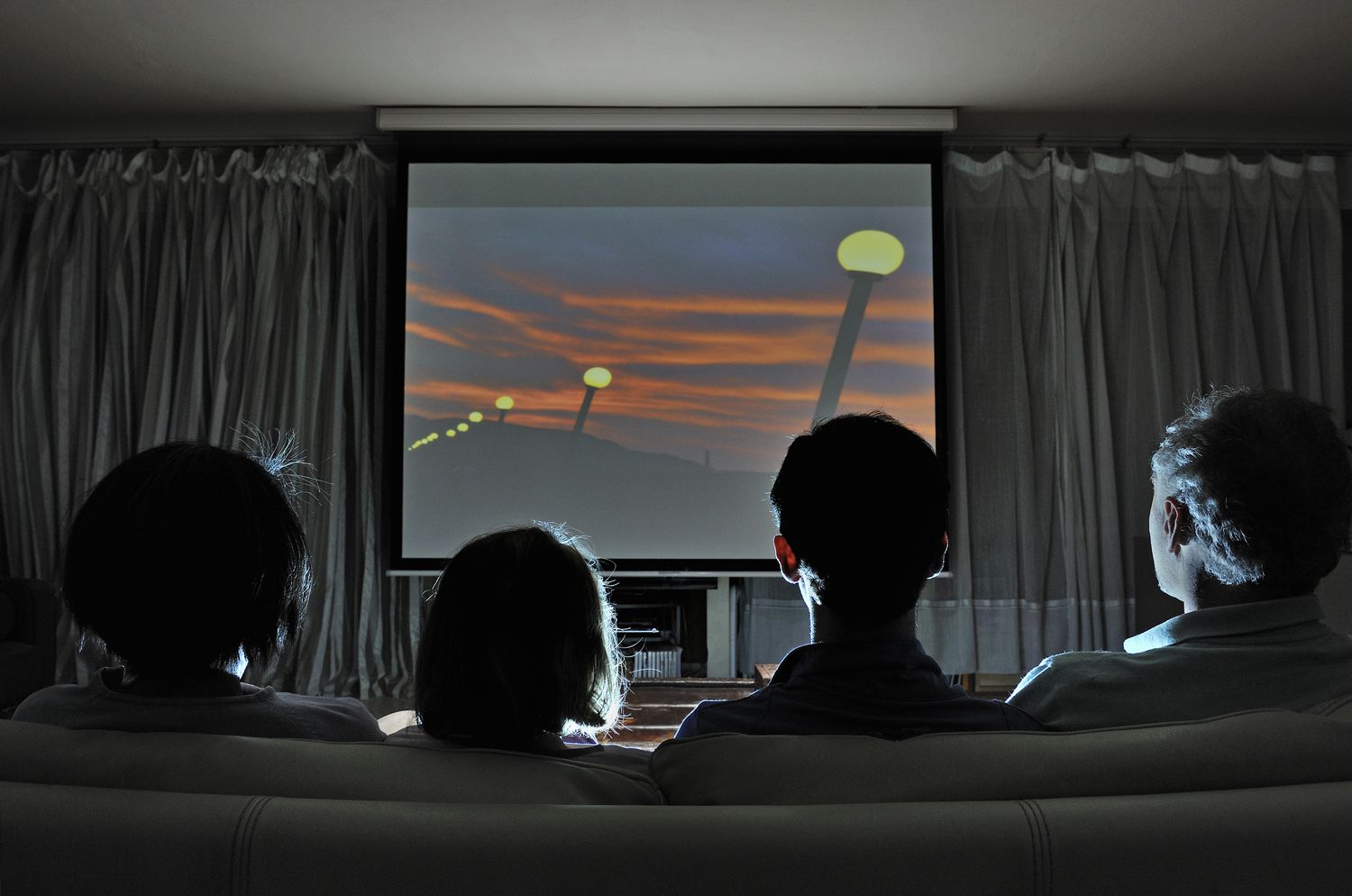

Home Entertainment Systems
How Many Watts Does A Projector Use
Modified: April 29, 2024
Discover the power consumption of home entertainment projectors. Learn how many watts a projector uses and optimize your home entertainment systems for energy efficiency.
(Many of the links in this article redirect to a specific reviewed product. Your purchase of these products through affiliate links helps to generate commission for Storables.com, at no extra cost. Learn more)
**
Introduction
**
When it comes to creating an immersive home entertainment experience, a high-quality projector can be a game-changer. Whether you're enjoying movie nights with friends and family or diving into the latest video games, a projector can elevate your viewing experience to new heights. However, with great power comes great responsibility, and understanding the power consumption of your projector is crucial for optimizing its performance and minimizing energy costs.
In this comprehensive guide, we'll delve into the intricate world of projector power consumption, shedding light on the factors that influence it and providing valuable insights on how to calculate and manage power usage effectively. By the end of this journey, you'll be equipped with the knowledge and tools to make informed decisions about your projector's power consumption, ensuring that your home entertainment system operates efficiently without compromising on visual excellence. So, let's embark on this illuminating exploration of projector power consumption and discover the keys to maximizing your viewing pleasure while minimizing energy consumption.
Key Takeaways:
- Understanding projector power consumption is crucial for optimizing performance and minimizing energy costs in home entertainment systems. Factors like projection technology, brightness settings, and lamp type influence power usage.
- By adjusting settings, utilizing eco mode, and investing in energy-efficient lamps, enthusiasts can reduce projector power usage without sacrificing visual quality. Proper maintenance and exploring energy rebate programs also contribute to energy efficiency.
Read more: How Many Watts Does A Freezer Use?
Understanding Projector Power Consumption
Projector power consumption refers to the amount of electrical power that a projector utilizes during operation. Understanding this aspect is essential for several reasons, including managing energy costs, optimizing performance, and ensuring the longevity of the projector. The power consumption of a projector is typically measured in watts, and it can vary significantly depending on various factors, such as the type of projector, its brightness, and the specific content being displayed.
One of the key components that contribute to a projector’s power consumption is its light source. Traditional projectors often use high-intensity discharge (HID) lamps or light-emitting diodes (LEDs) as their light sources. These components play a critical role in producing the vibrant images projected onto the screen, but they also consume a considerable amount of power. Additionally, the optics and cooling systems within the projector also contribute to its overall power consumption.
Moreover, the display technology employed by the projector can impact its power usage. For instance, projectors utilizing Digital Light Processing (DLP) or Liquid Crystal Display (LCD) technology may have differing power requirements based on their design and operational characteristics. Understanding the nuances of these technologies can provide valuable insights into how a projector consumes power and how it can be optimized for efficient performance.
By gaining a deeper understanding of projector power consumption, enthusiasts and homeowners can make informed decisions about their home entertainment systems. Whether it’s selecting a projector with an optimal balance of performance and energy efficiency or implementing strategies to reduce power consumption without sacrificing visual quality, a comprehensive understanding of projector power consumption is the cornerstone of a rewarding home entertainment experience.
Factors Affecting Projector Power Usage
Several factors influence the power usage of a projector, ranging from its technical specifications to environmental conditions. Understanding these factors is crucial for effectively managing power consumption and optimizing the performance of your home entertainment system. Here are the key elements that can impact projector power usage:
- Projection Technology: The type of projection technology employed by a projector significantly affects its power usage. For example, DLP projectors, which utilize microscopically small mirrors to create images, may have different power requirements compared to LCD or LCoS (Liquid Crystal on Silicon) projectors. Each technology has its unique power consumption characteristics, and selecting the right one can influence energy efficiency.
- Brightness and Contrast Settings: Adjusting the brightness and contrast levels of a projector can directly impact its power usage. Higher brightness settings generally require more power to produce vivid images, while lower settings can reduce energy consumption. Finding the optimal balance between visual quality and power efficiency is essential for managing power usage effectively.
- Lamp Type and Age: The type of lamp used in a projector, such as traditional HID lamps or modern LED lamps, can affect power consumption. Additionally, the age of the lamp and its usage history can impact its energy efficiency. Regular maintenance and timely replacement of lamps can contribute to optimized power usage.
- Content Being Displayed: The nature of the content being displayed can influence a projector’s power usage. For example, displaying bright, high-contrast images may require more power than projecting darker or low-contrast content. Understanding how different types of content affect power consumption can help in managing energy costs.
- Environmental Conditions: Ambient temperature and humidity levels can impact the cooling systems of a projector, affecting its overall power usage. Operating a projector in excessively hot or humid environments may lead to increased energy consumption as the cooling mechanisms work harder to maintain optimal operating conditions.
By considering these factors and their impact on projector power usage, enthusiasts and homeowners can make informed decisions about their home entertainment setups. Whether it involves selecting a projector with energy-efficient features or implementing strategies to optimize power usage, understanding the multifaceted nature of projector power consumption is essential for a rewarding viewing experience.
Check the projector’s specifications or user manual for the wattage information. Most projectors use between 200-400 watts during operation.
Calculating Projector Power Consumption
Estimating the power consumption of a projector involves considering various technical specifications and operational parameters. While the exact power usage of a projector can vary based on its model and usage scenarios, there are general guidelines and methods for calculating projector power consumption. Here are the key steps to calculate projector power consumption:
- Identify the Projector’s Power Rating: The power rating of a projector, typically measured in watts, is a fundamental indicator of its energy consumption. This information can usually be found in the projector’s user manual or specifications sheet. It represents the maximum power the projector is designed to consume under normal operating conditions.
- Consider Operational Settings: Adjusting the operational settings of the projector, such as brightness, contrast, and display mode, can impact its power consumption. By understanding the power characteristics associated with different settings, users can estimate the projector’s power usage based on their preferred configurations.
- Account for Lamp Type and Usage: If the projector utilizes a replaceable lamp, consider the type of lamp used and its operational lifespan. Different lamp technologies have varying power consumption profiles, and accounting for the usage history of the lamp can provide insights into the projector’s overall power consumption.
- Calculate Energy Usage Over Time: To estimate the energy usage of a projector over a specific duration, such as an hour or a day, multiply its power rating by the duration of operation. For example, if a projector has a power rating of 250 watts and is used for 4 hours, the estimated energy consumption would be 1000 watt-hours (or 1 kilowatt-hour).
- Consider Standby Power Consumption: Projectors often consume a small amount of power when in standby or idle mode. While this standby power usage may be relatively low compared to active operation, it should be factored into overall energy calculations, especially for projectors that are frequently placed in standby mode.
By following these steps and considering the specific characteristics of the projector, enthusiasts and homeowners can gain valuable insights into its power consumption. This knowledge can inform decisions related to energy-efficient usage patterns, optimal operational settings, and overall power management strategies, contributing to a more sustainable and cost-effective home entertainment experience.
Tips for Reducing Projector Power Usage
Efficiently managing the power usage of a projector not only contributes to cost savings but also aligns with sustainable energy practices. By implementing the following tips, enthusiasts and homeowners can reduce projector power usage without compromising on visual quality:
- Optimize Brightness and Contrast: Adjust the brightness and contrast settings of the projector based on the ambient lighting conditions and the nature of the content being displayed. Lowering these settings when feasible can reduce power consumption without significantly impacting the viewing experience.
- Utilize Eco Mode: Many modern projectors feature an Eco Mode or energy-saving setting that adjusts various operational parameters to minimize power usage. Enabling this mode can lead to substantial energy savings while extending the lifespan of the projector’s components.
- Invest in Energy-Efficient Lamps: If the projector uses replaceable lamps, consider upgrading to energy-efficient lamp options, such as LED lamps, which consume less power and often have longer lifespans compared to traditional lamp technologies.
- Implement Scheduled Power Management: Utilize the projector’s built-in scheduling or power management features to automatically power off the device during periods of inactivity. This can prevent unnecessary power consumption when the projector is not in use.
- Proper Ventilation and Cooling: Ensure that the projector is placed in a well-ventilated area with adequate airflow to prevent overheating. Proper cooling can optimize the efficiency of the projector’s internal components, potentially reducing overall power usage.
- Regular Maintenance and Cleaning: Keep the projector and its components clean and well-maintained to ensure optimal performance. Dust and debris can hinder the efficiency of cooling systems and other components, leading to increased power consumption.
- Explore Energy Rebate Programs: Research energy rebate programs or incentives offered by utility companies or government initiatives for energy-efficient home entertainment devices, including projectors. Taking advantage of such programs can provide financial benefits while promoting energy-conscious choices.
- Consider Alternative Display Technologies: Depending on the specific requirements and usage scenarios, consider alternative display technologies, such as energy-efficient flat-panel displays or smart TVs, which may offer comparable visual experiences with lower power consumption.
By incorporating these tips into their home entertainment setups, enthusiasts and homeowners can proactively manage projector power usage, contributing to energy efficiency and environmental sustainability while enjoying captivating visual experiences.
Read more: How Many Watts Does A Kegerator Use?
Conclusion
As the centerpiece of a captivating home entertainment system, projectors offer immersive visual experiences that bring movies, games, and multimedia content to life. Understanding and managing the power consumption of projectors is essential for optimizing their performance, minimizing energy costs, and embracing sustainable usage practices.
Through this comprehensive exploration of projector power consumption, we’ve uncovered the intricate factors that influence power usage, ranging from the technical specifications of projectors to environmental considerations. By gaining insights into the power consumption dynamics of projectors, enthusiasts and homeowners can make informed decisions about their home entertainment setups, ensuring a harmonious balance between visual excellence and energy efficiency.
Calculating and managing projector power consumption involves considering various aspects, including operational settings, lamp types, and energy-saving features. By leveraging the tips for reducing projector power usage, individuals can proactively minimize energy consumption without compromising on the quality of their viewing experiences. From optimizing brightness and contrast settings to exploring energy-efficient lamp options, these strategies empower users to embrace sustainable power management practices while indulging in captivating visuals.
Ultimately, the quest for efficient projector power usage aligns with broader initiatives toward energy conservation and responsible technology consumption. By implementing the knowledge and strategies presented in this guide, enthusiasts and homeowners can contribute to a more sustainable and cost-effective approach to home entertainment, all while relishing the immersive allure of their projectors.
As the world of home entertainment continues to evolve, the pursuit of energy-efficient projector usage stands as a testament to the enduring synergy between technological innovation and environmental consciousness. By embracing these principles, individuals can embark on a journey where captivating visuals and sustainable energy practices converge, enriching the home entertainment experience for generations to come.
Frequently Asked Questions about How Many Watts Does A Projector Use
Was this page helpful?
At Storables.com, we guarantee accurate and reliable information. Our content, validated by Expert Board Contributors, is crafted following stringent Editorial Policies. We're committed to providing you with well-researched, expert-backed insights for all your informational needs.
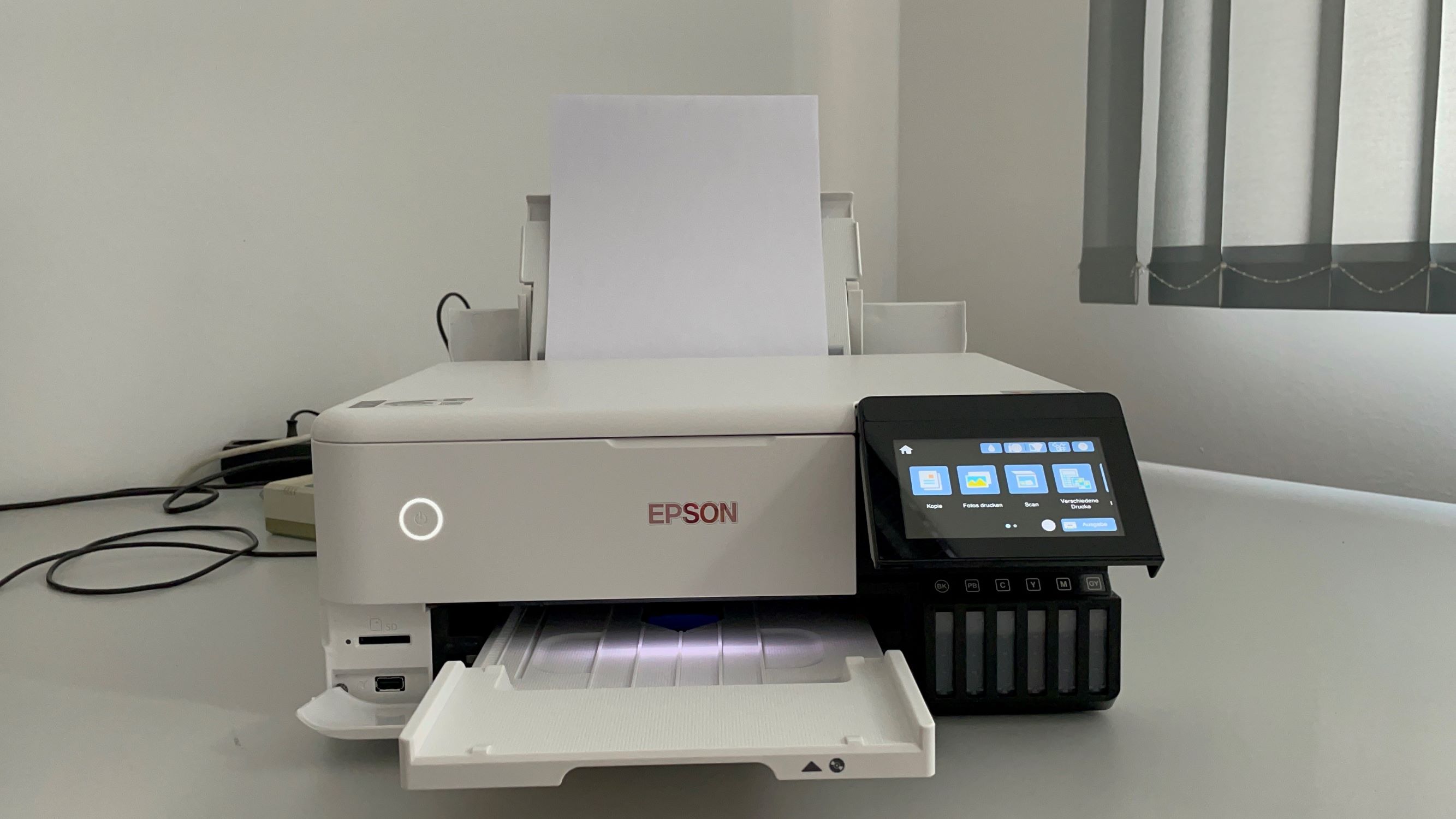

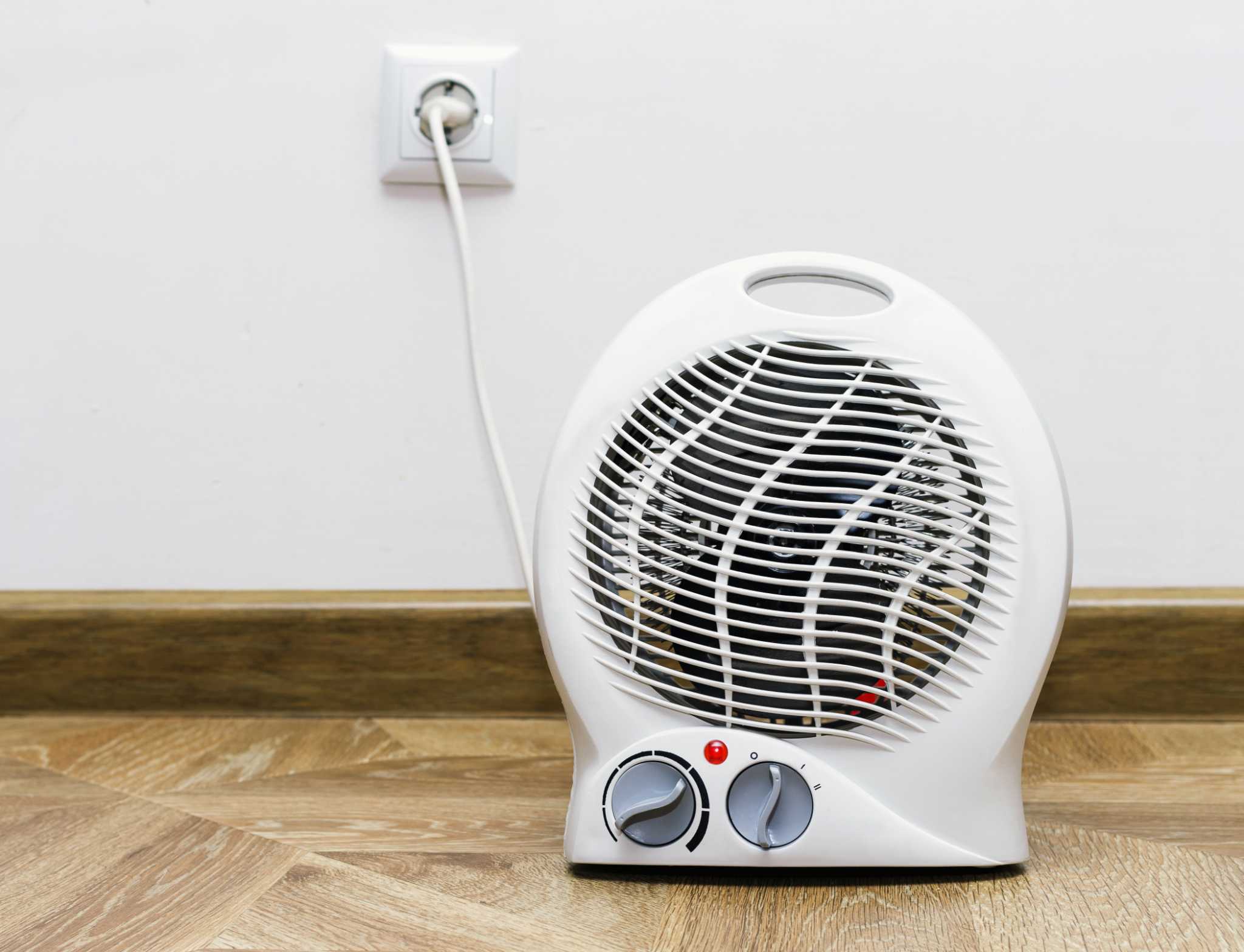
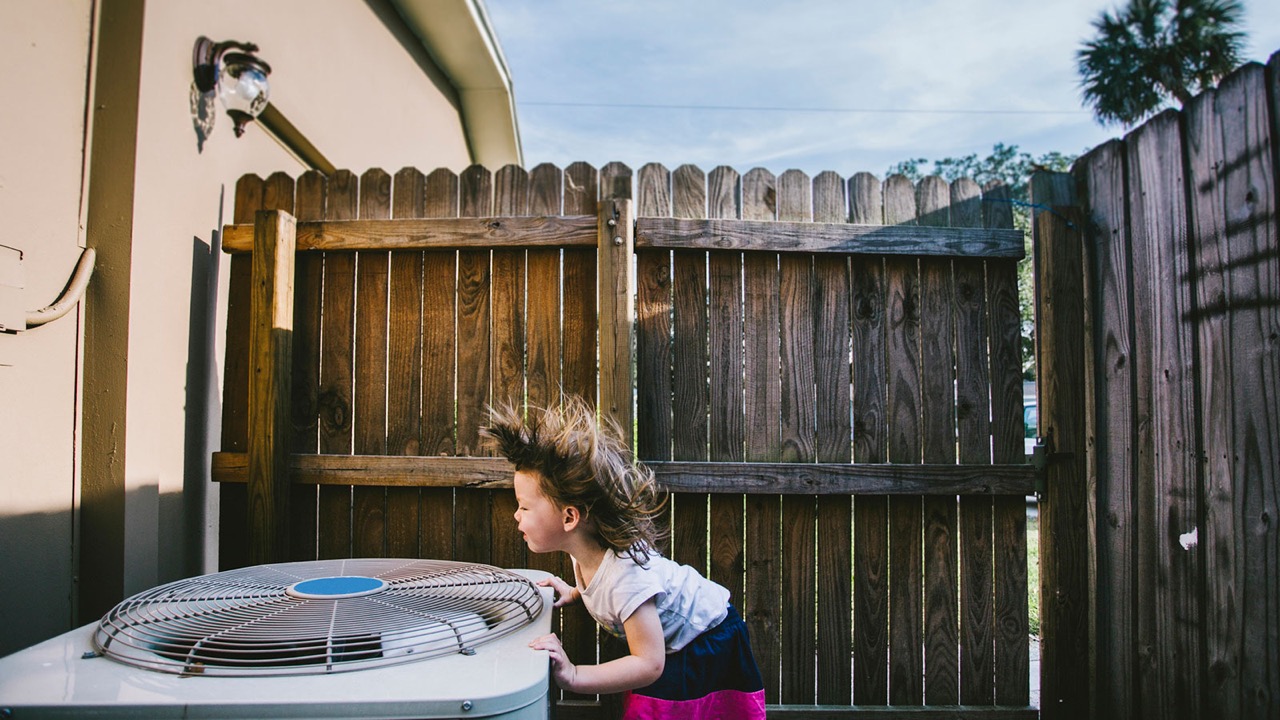
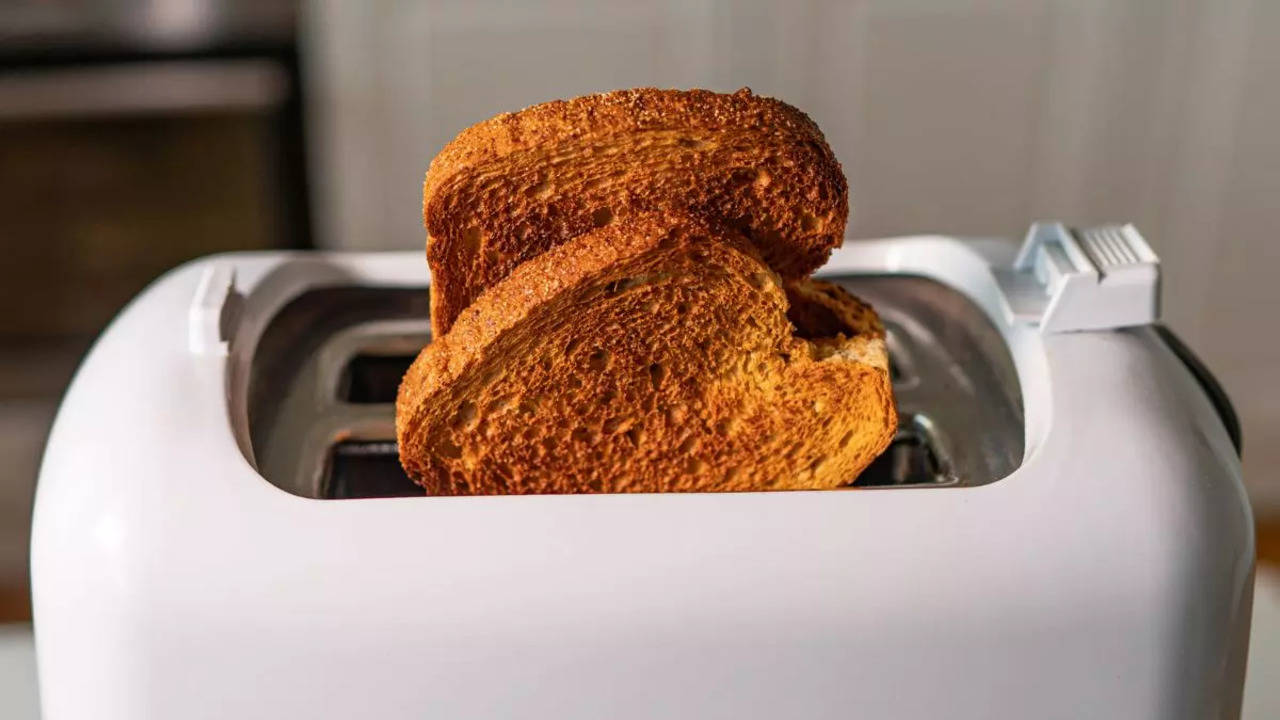
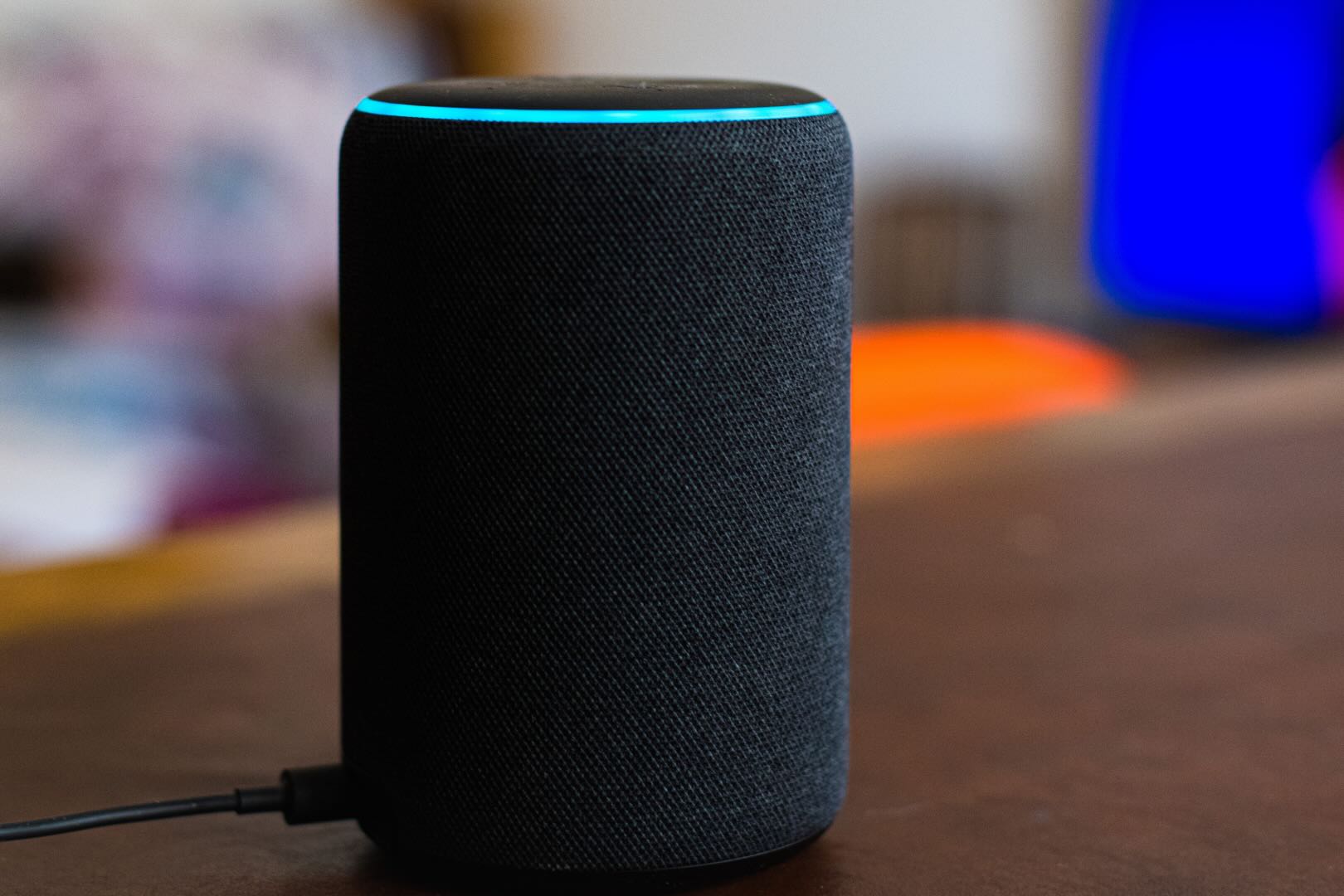
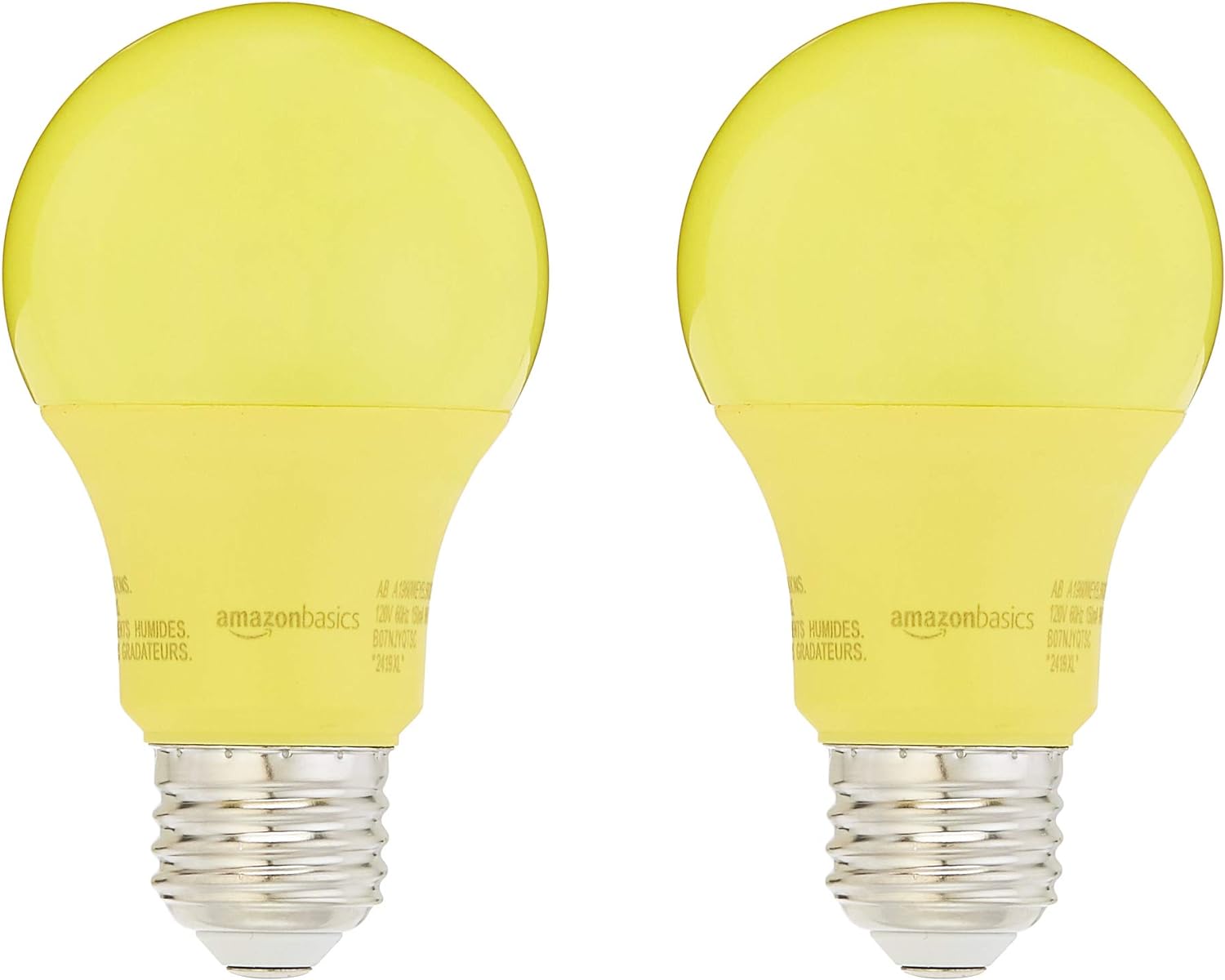
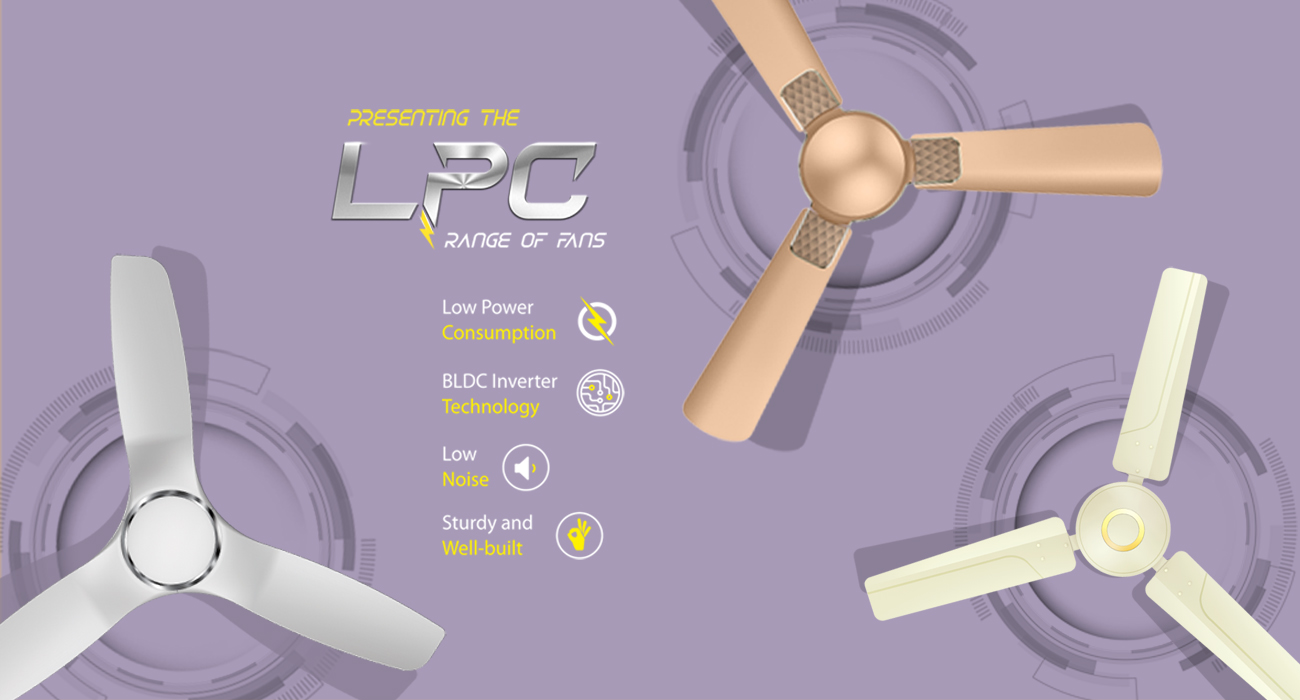
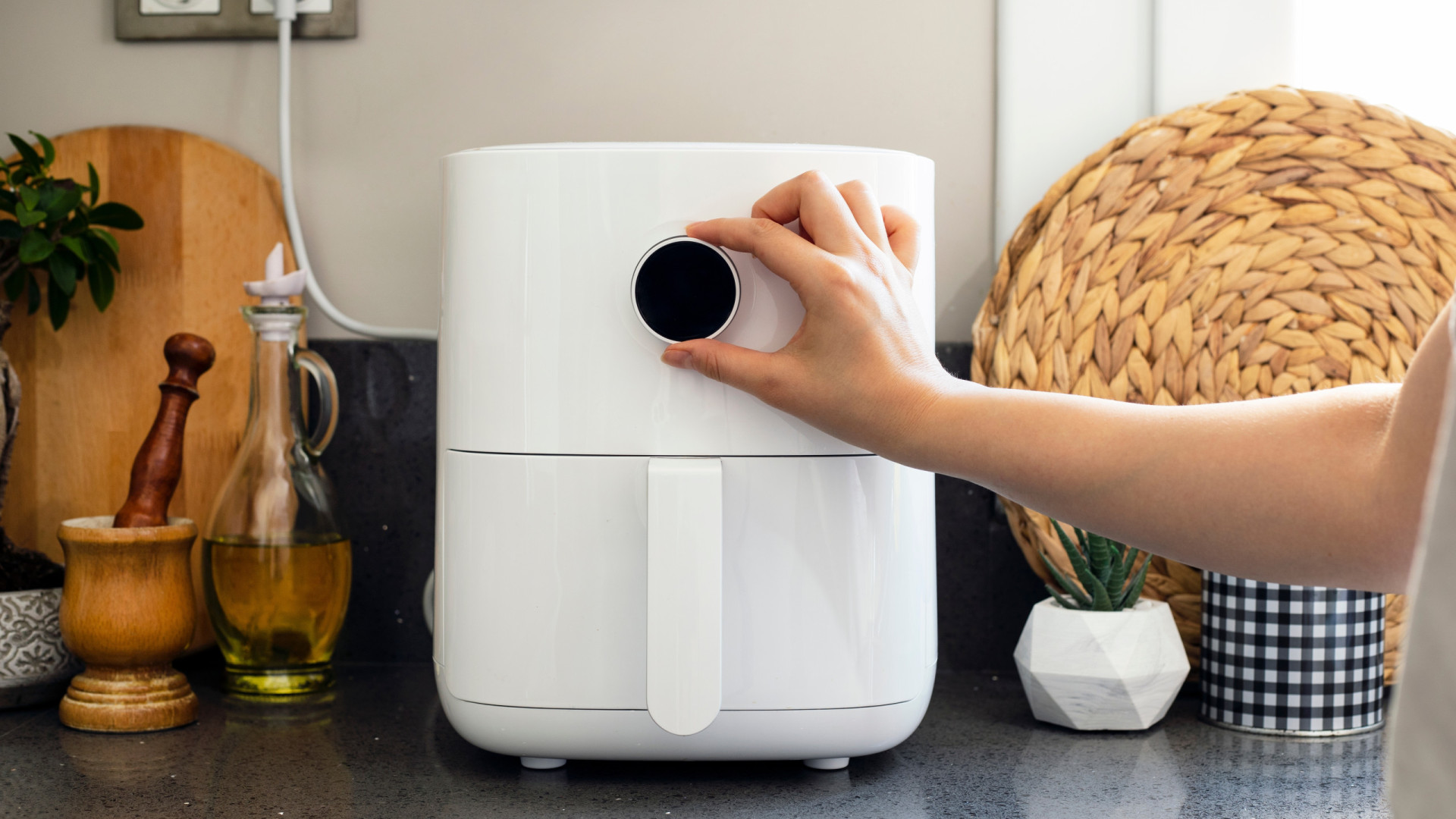
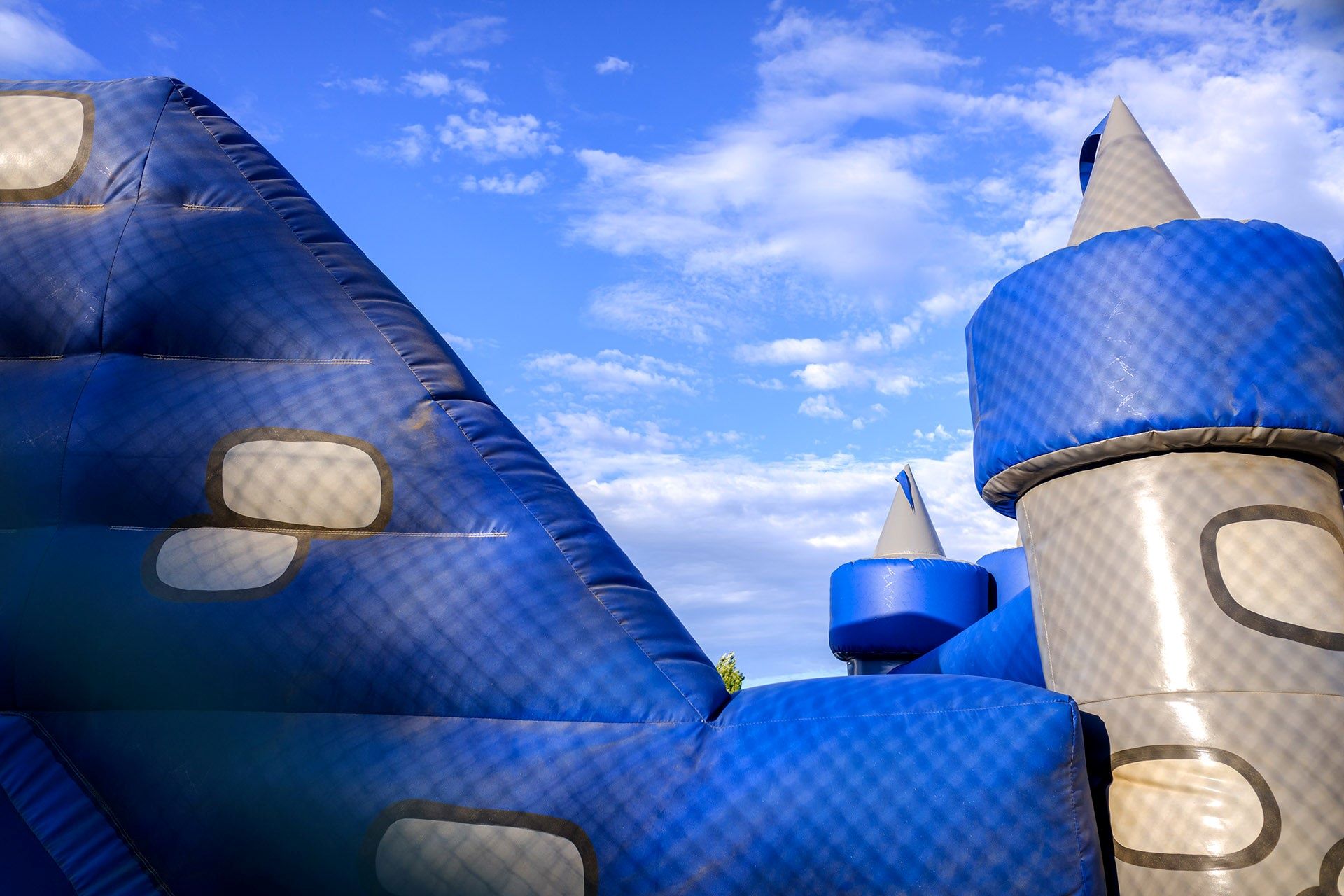
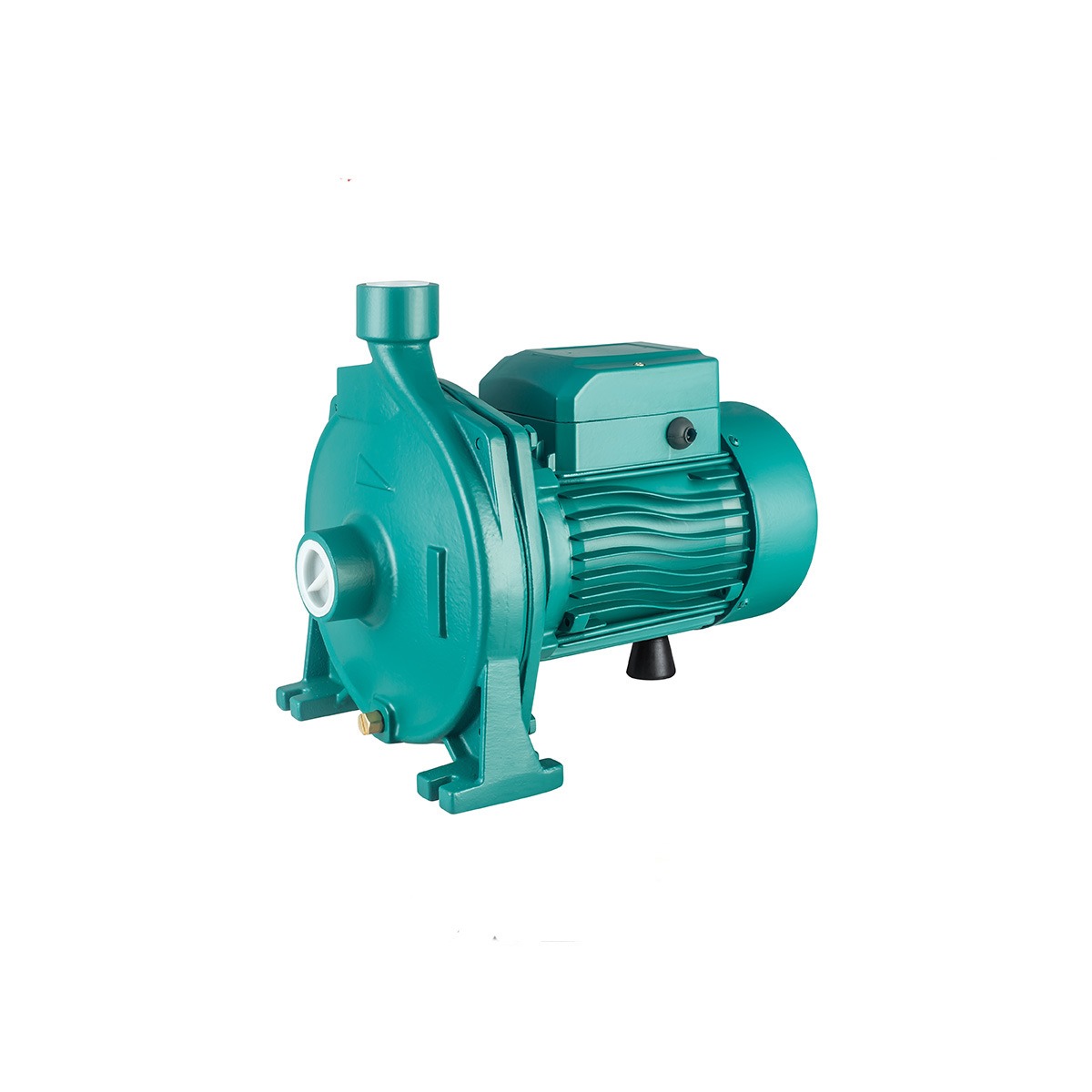
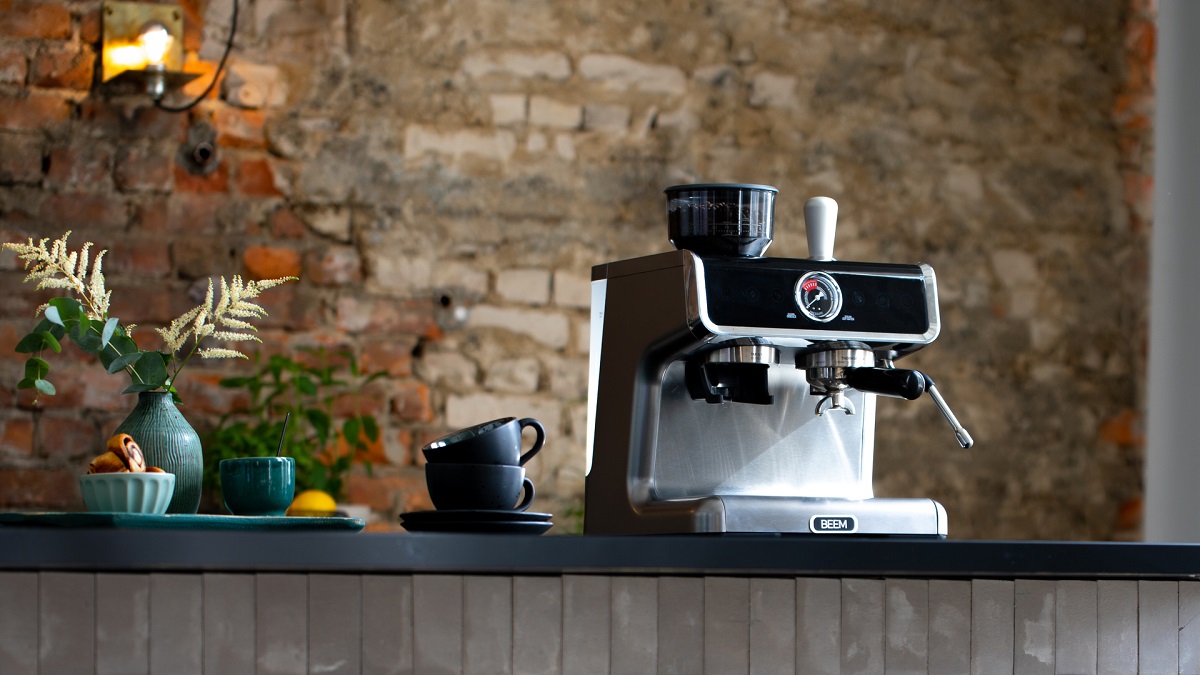
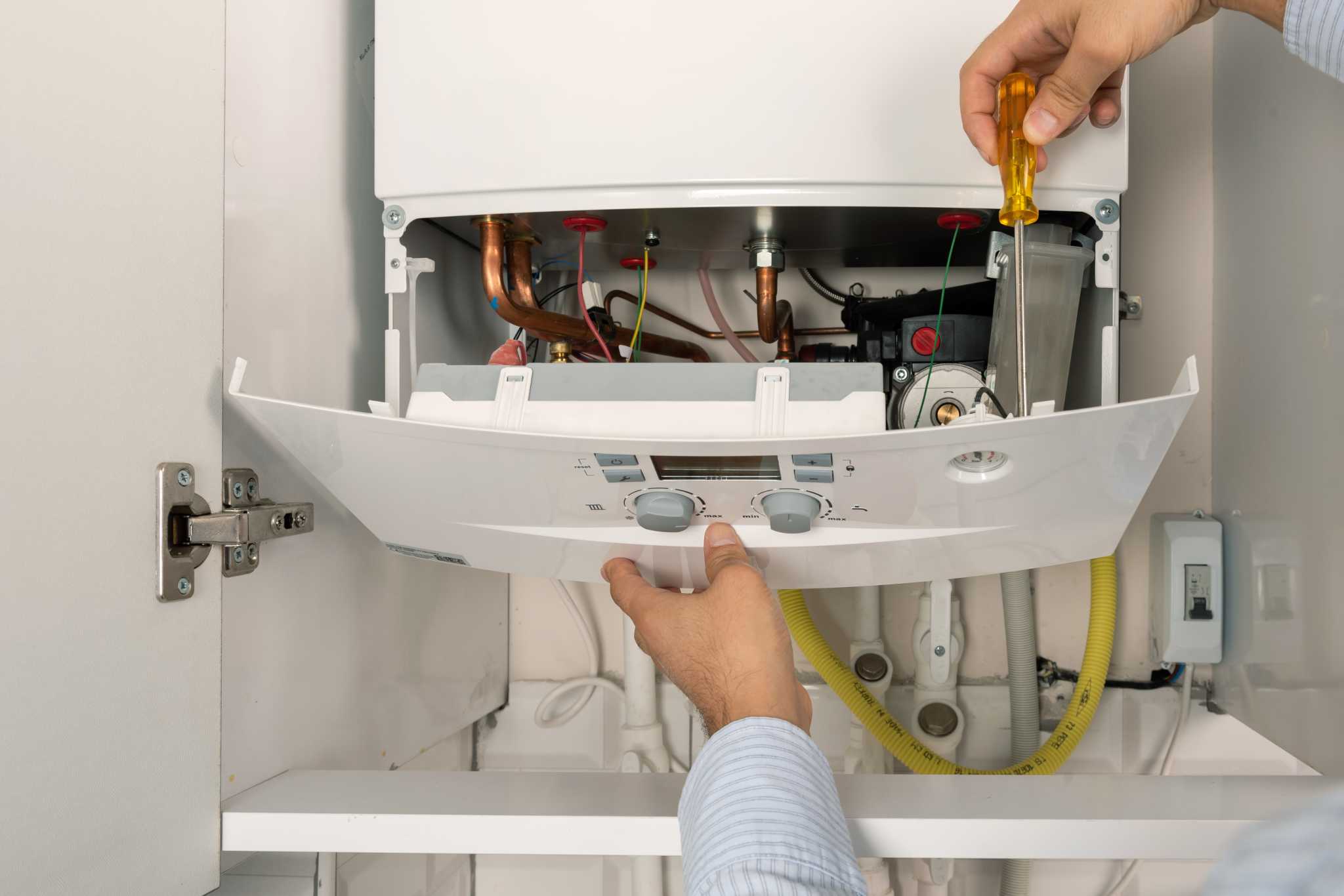
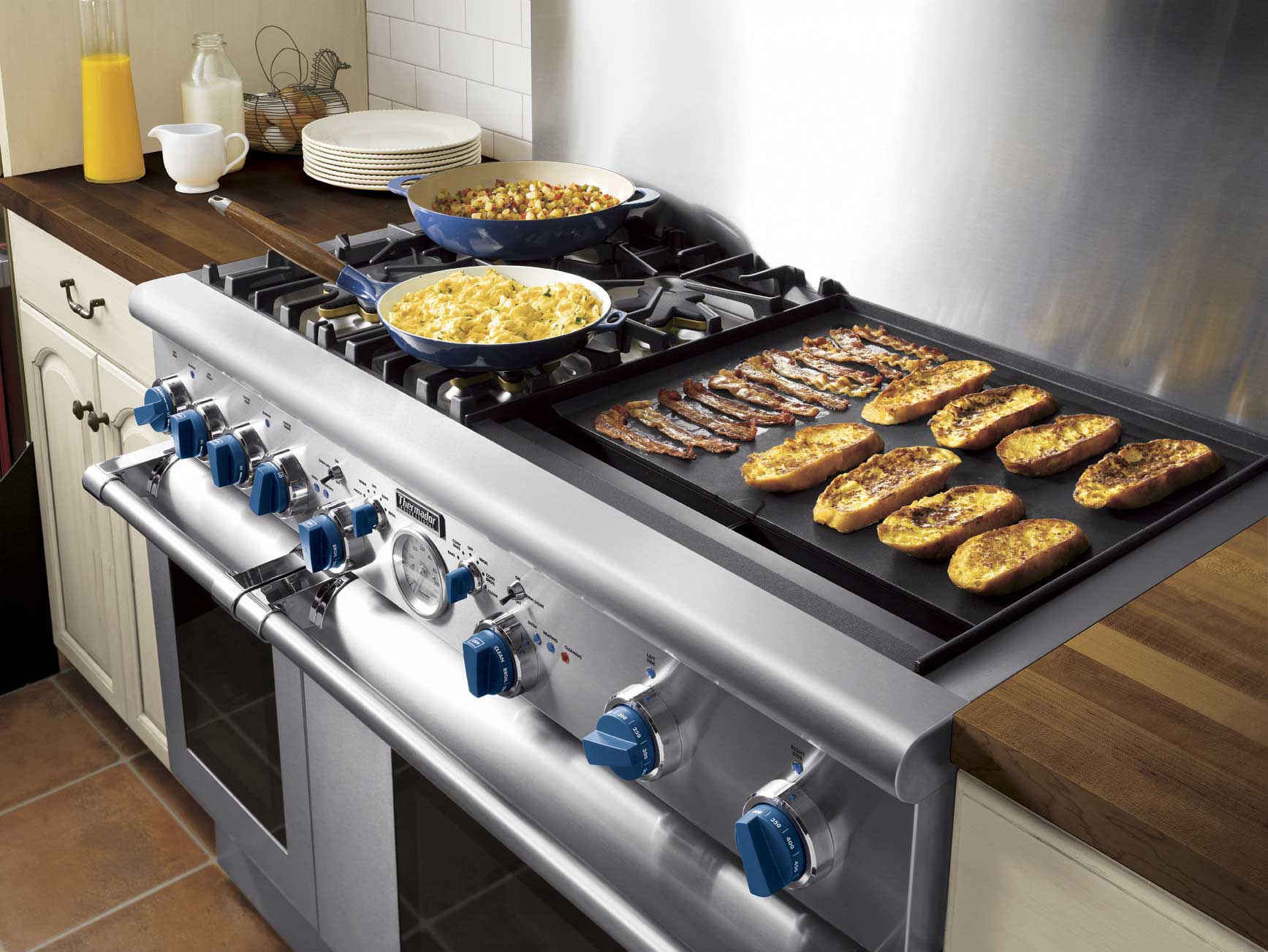

0 thoughts on “How Many Watts Does A Projector Use”